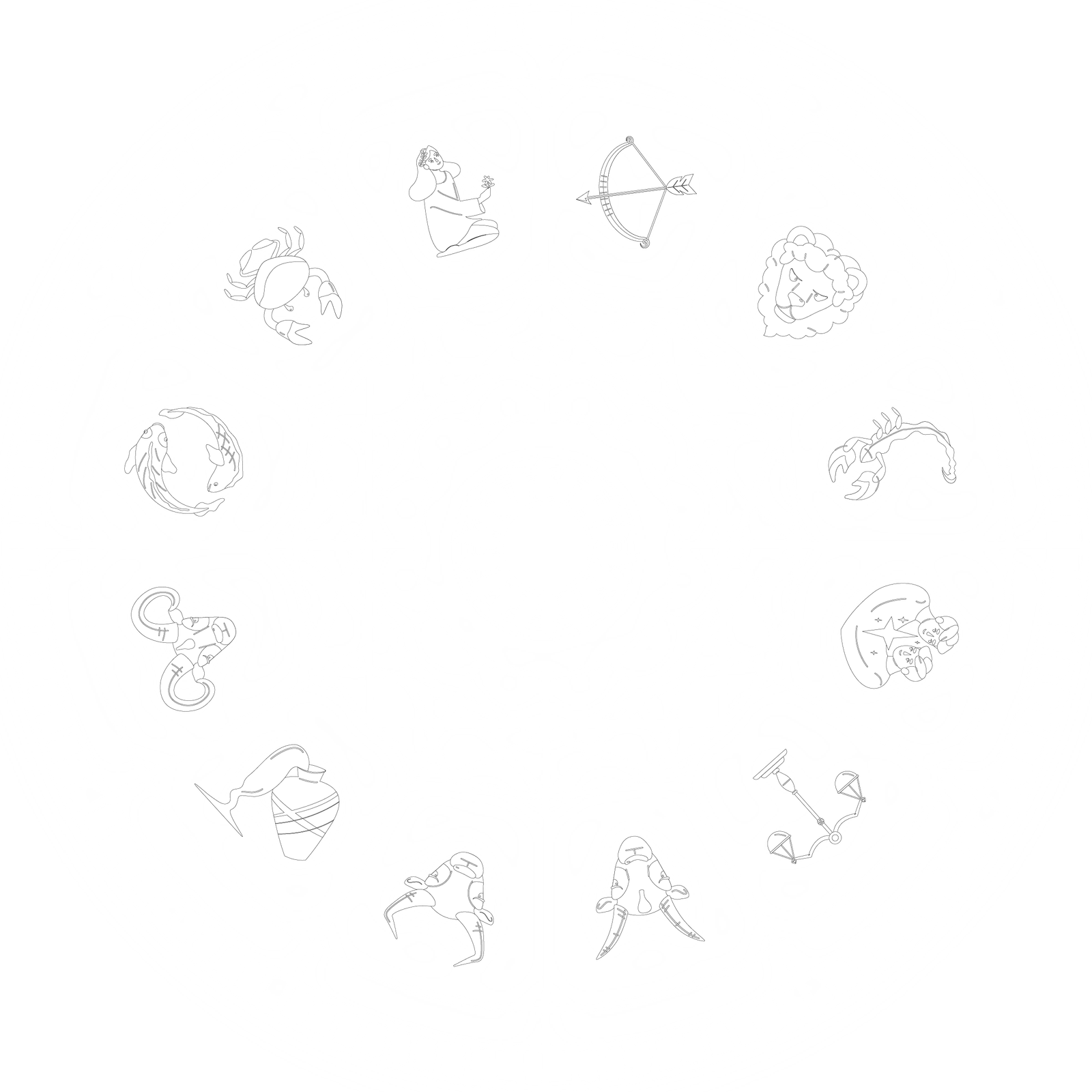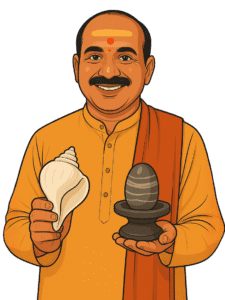Astrology is not about
Past Destiny Predication
it’s about taking one
Instant Bravest Smartest
decision
Make the right choices with Prashna Kundli – India’s fastest growing Astrology Consultation company

Years of Experience
Consultations
Genuine Products
Solution to all your
Astrology Needs
Chat with Astrologer
Buy Astro Products

Havan Options
Explore Free Tools
Know more about your own Kundli for FREE
Get Answers to your Questions
Get Answers
to your Questions
Unlock the Truths
Hidden in your Kundli
Unlock the Truths Hidden in your Kundli
Personal Kundli Analysis
What you get:
-
30 Minute Video/Audio Consultation
-
Ask anything: Career, Love, Marriage, Health, Family
-
Get Accurate Astro Remedies
-
Get next 6 Months Prediction
-
Clear guidance on job, relationships, relocation
-
WhatsApp summary of remedies
-
Mantra for peace & confidence
-
Couple Kundli Analysis
-
Lucky Dates For Travel, Marriage, Planning
-
Vastu Tips For Bedroom Harmony
-
250+ page detailed kundli Report (PDF)
-
250+ page detailed kundli Report (PDF)
Couple
Kundli Analysis
What you get:
-
45 Minute Video/Audio Consultation
-
Kundali Compatibility Analysis
-
Relationship Strength & Weakness
-
Personalised Remedies For Both Partners
-
Next 12 Months Love & Life Prediction
-
Astro Scorecard For Trust, Communication, Finance
-
Lucky Dates For Travel, Marriage, Planning
-
Couple Kundli Analysis
-
Lucky Dates For Travel, Marriage, Planning
-
Next 5 year Love & Life Predication
-
250 + page detailed kundli Report (PDF)
Deep Report
+ Kundli Analysis
What you get:
-
60 Minute Video/Audio Consultation
-
250+ page detailed Kundali Report (PDF)
-
Kundli Compatibility Analysis
-
Career, Money, Love, Health, Family – sabka solution
-
Life Path Scorecard – Strengths & Weaknesses
-
Your Lucky Gemstone & Colour
-
Grah Dosh + Dosha Removal Remedies
-
Monthly Astro Calendar – Important Dates
-
Future Planning – 5-Year Astro Roadmap
-
Vastu Tips for Peace & Growth
-
Custom Affirmation & Mantra
Personal Kundli Analysis
What you get:
-
30 Minute Video/Audio Consultation
-
Ask anything: Career, Love, Marriage, Health, Family
-
Get Accurate Astro Remedies
-
Get next 6 Months Prediction
-
Clear guidance on job, relationships, relocation
-
WhatsApp summary of remedies
-
Mantra for peace & confidence
-
Couple Kundli Analysis
-
Lucky Dates For Travel, Marriage, Planning
-
Vastu Tips For Bedroom Harmony
-
250+ page detailed kundli Report (PDF)
-
250+ page detailed kundli Report (PDF)
Couple
Kundli Analysis
What you get:
-
45 Minute Video/Audio Consultation
-
Kundali Compatibility Analysis
-
Relationship Strength & Weakness
-
Personalised Remedies For Both Partners
-
Next 12 Months Love & Life Prediction
-
Astro Scorecard For Trust, Communication, Finance
-
Lucky Dates For Travel, Marriage, Planning
-
Couple Kundli Analysis
-
Lucky Dates For Travel, Marriage, Planning
-
Next 5 year Love & Life Predication
-
250 + page detailed kundli Report (PDF)
Deep Report
+ Kundli Analysis
What you get:
-
60 Minute Video/Audio Consultation
-
250+ page detailed Kundali Report (PDF)
-
Kundli Compatibility Analysis
-
Career, Money, Love, Health, Family – sabka solution
-
Life Path Scorecard – Strengths & Weaknesses
-
Your Lucky Gemstone & Colour
-
Grah Dosh + Dosha Removal Remedies
-
Monthly Astro Calendar – Important Dates
-
Future Planning – 5-Year Astro Roadmap
-
Vastu Tips for Peace & Growth
-
Custom Affirmation & Mantra
Meet the team behind
Prashna Kundli
The team that made this all possible, through determination on a common goal – Changing lives through Vedic Astrology
Click the button below to learn more about our journey.

Frequently Asked Questions
What services does Astrologer offer online?
Astrologers provides detailed astrology consultations via chat, audio, or video call. This services include detailed Kundli analysis, career prediction, marriage compatibility check , love solutions, gemstone advice and recommdation , and personalized remedies.
How accurate astrology predictions can be?
Our astrology prediction accuracy is rooted in traditional Vedic methods, planetary transits, and Mahadasha analysis. More than Fifteen Thousand trust him for detailed birth chart analysis, Share market Astrology, Couple Kundli Analysis.
Can astrology help me get my ex back?
Yes, astrology can identify the reasons behind a breakup through your current Mahadasha and suggest remedies such as mantras, gemstones or rituals to rekindle the relationship.
How does Vedic astrology differ from Western astrology?
Vedic astrology uses the sidereal zodiac, considers lunar constellations, and emphasizes karmic cycles and Mahadashas, offering more personalized and predictive insights.
Is my information confidential during the consultation?
Yes, PrashnaKundli ensures 100% privacy. Your birth details and consultation chats with Astrologer remain confidential.
Can I get free astrology advice with birth date and time?
Yes, you can ask two free chat question to an astrologer online. For more detailed guidance, opt for a paid session.













![Shani Dev punishment nahi dete, woh zindagi ka sach sikhate hain.Kabhi-kabhi hume lagta hai ki jagah badalne se, nayi shuruaat karne se ya sab kuch chhod kar aage badhne se life apne-aap smooth ho jaayegi.
Par Shani Dev ek baat hamesha yaad dilate hain — past karma kabhi bhoolta nahi.Aap jahan bhi jao, jo bhi naya chapter shuru karo,
Shani Dev wahin aapke saath hote hain — punishment dene ke liye nahi, balki life ka zaroori lesson sikhane ke liye.
Unke diye hue delays aur struggles hume kamzor banane ke liye nahi hote,
balki andar se strong, mature aur responsible banane ke liye hote hain.Jab hum seekhna shuru kar dete hain, jab karma sudharne lagta hai,
tab wahi Shani Dev dheere-dheere stability, growth aur respect bhi dete hain.Isliye bhaagne ke bajaye samajhna zaroori hai.
Kyunki Shani Dev se bachkar nahi,
unke saath chal kar life aage badhti hai.Also, if you’re feeling confused, stuck, or not getting clarity in life, many times the reason lies in your Kundli.
Planetary placements can create delays, struggles, and blocks without us even realizing it.As you enter the new year, don’t repeat the same patterns.Take the first step — understand your chart, get clarity, and step into 2026 with a clear roadmap and guidance.Book your Kundli consultation today.
Call / WhatsApp: +91-8962686464
🌐 Website: www.prashnakundli.com
🔗All Links: linktr.ee/prashnakundli[daily horoscope, Astrology, astrology signs, Daily horoscope , PrashnaKundali , shanidev , shani dev lessons, sade sati, 2026Prediction, kundlianalysis ]#shanidev #Newyear2026 #AstrologyPrediction2026](https://prashnakundli.com/wp-content/plugins/instagram-feed/img/placeholder.png)